Personal injury claims seek to reimburse victims for their losses – and in many cases, the person injured in an accident isn’t the only one able to pursue financial compensation.
Serious injuries can have a permanent impact on personal relationships. As such, most jurisdictions allow spouses of accident victims to recover loss of consortium damages. In some states, parents or other close family members can also receive compensation. Below, you’ll find the basics on consortium damages in personal injury claims.
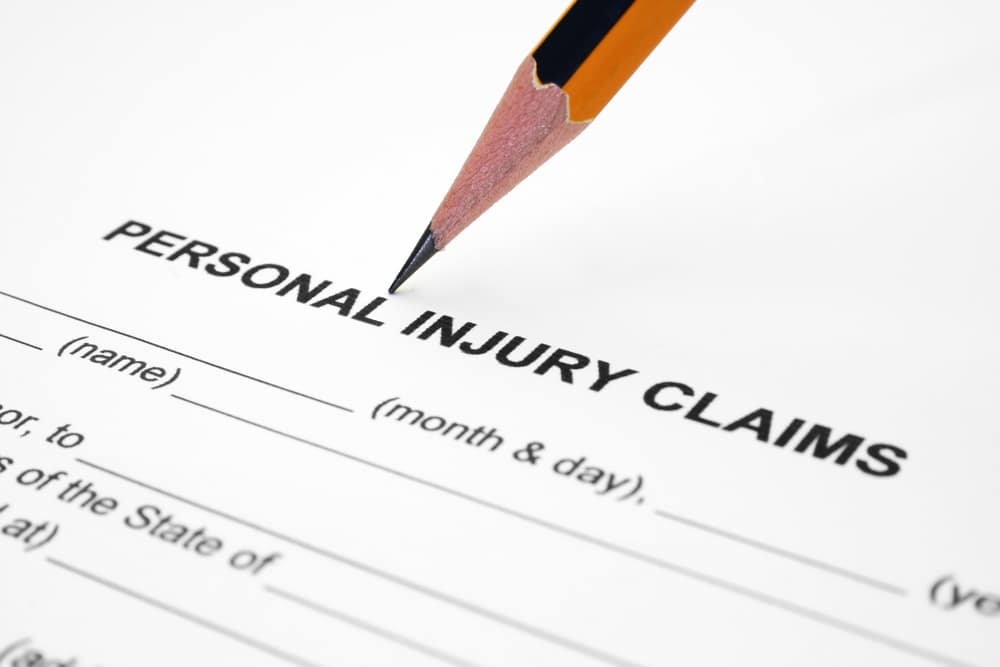
The purpose of consortium damages in a personal injury case is to provide compensation for losses suffered on the part of the accident victim’s spouse or family. Loss of consortium claims can include any or all of the following:
First of all, a claim for loss of consortium can only be made if the accident victim wins their personal injury case. But that isn’t the only hurdle that comes with these types of claims.
As with other non-economic damages – such as pain and suffering and emotional distress – loss of consortium can be difficult to prove. Making a successful claim requires demonstrating the following:
In determining whether or not to award consortium damages, the court will take a great deal of information into consideration. The factors that are likely to play a major role in the decision include:
If one of your loved ones was seriously injured in an accident, you may be eligible for loss of consortium damages. Obtaining the compensation you both deserve isn’t going to be easy, but an experienced personal injury lawyer will know how to build a strong case.
To get expert legal help in California, Idaho or Utah, turn to the professional team at William R. Rawlings & Associates. We’ve been helping accident victims with personal injury claims for over 35 years, and we have considerable experience working with cases involving loss of consortium damages. Browse our impressive list of past case results and see for yourself how hard we work to get results for our clients.
For more information, or to schedule a free consultation, contact us today.
An auto accident can affect you physically and emotionally, and the aftermath can have a huge impact on your financial future.
If you’ve been injured in a car crash caused by another driver’s negligence or wrongful action, you don’t have to accept the resulting financial harm. Instead, discuss your legal options with an experienced auto accident attorney. With a lawyer in your corner, you’ll have an easier time recovering every dollar you deserve – and if you work with the legal team at William R. Rawlings & Associates, your financial difficulties will soon be in the past.
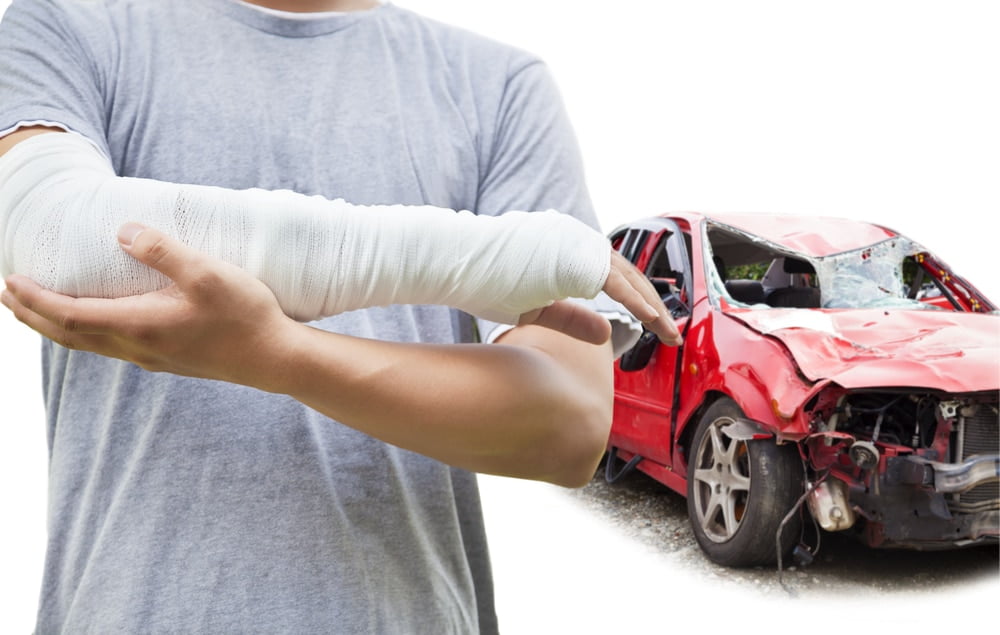
An experienced auto accident attorney can help you seek the maximum financial compensation available to you through a claim against the driver responsible for your injuries.
As the injured victim in a car crash, you may be entitled to compensation for the following:
An experienced auto accident attorney will help you prepare a strong personal injury claim and guide you through the legal process. In the meantime, you can do your part to ensure a successful outcome. We suggest that you:
You accident attorney will likely provide more tips and targeted advice. Listen to their recommendations, and you’ll stand a stronger chance of obtaining the financial compensation you deserve.
Hiring a reputable auto accident attorney is one of the best ways to ensure you’re adequately compensated for your financial losses. And if you’re in Utah, Idaho or California, you’ll be in good hands with the legal team at William R. Rawlings & Associates.
We’ve been helping injured victims for more than 35 years, and we make every effort to maximize the amount of compensation our clients obtain. Choose our law firm, and you won’t have to pay us a dime if we don’t win or settle your claim.
For a free, no-obligation auto accident attorney consultation and expert help resolving your financial difficulties through a personal injury claim, contact William R. Rawlings & Associates today.
Insurance adjusters have one goal – to minimize the amount of compensation paid out in personal injury claims. Serving the interests of the insurance company is their job, and the company exists to earn a profit. So, the reality is, an adjuster isn't going to help you. Instead, they'll be looking for ways to tip the sale in favor of their employer.
As former adjusters and attorneys for insurance companies, the legal team at William R. Rawlings & Associates understands the tricks commonly used to keep personal injury claim compensation at a minimum. Here, we share some of the everyday tactics adjusters try to limit company payouts.
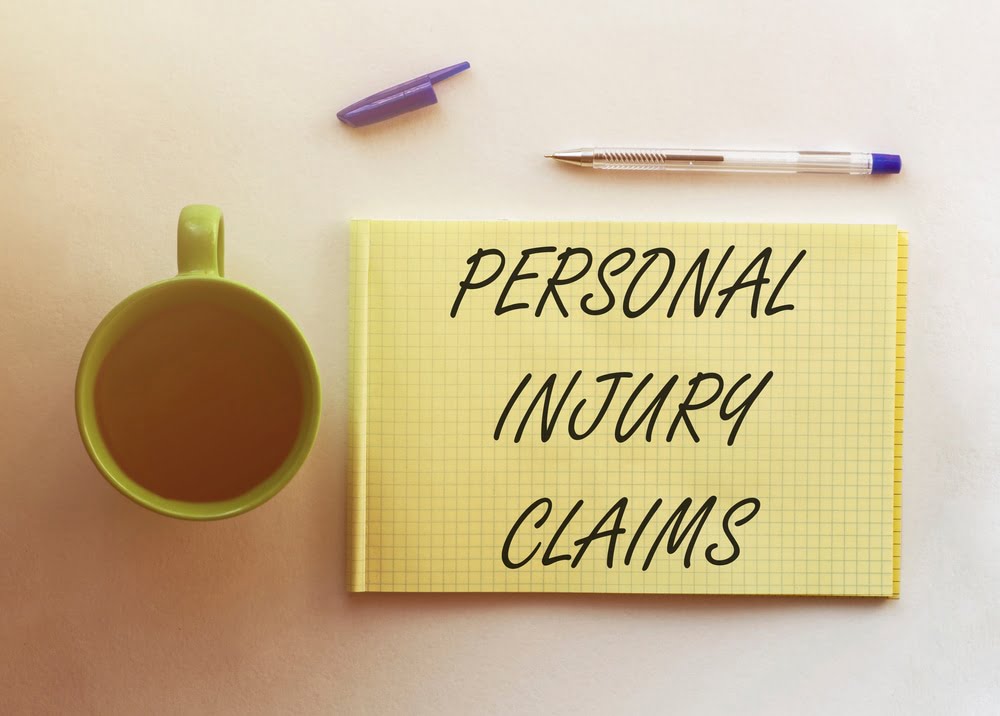
Insurance companies often contact personal injury victims right away to offer a settlement. Getting money quickly after an accident can be tempting, and adjusters know that once a settlement is accepted, victims can't negotiate for more money.
Sometimes, injuries and pain don't manifest until days after an accident. Knowing this, insurance adjusters ask for a recorded statement early on, using the information to devalue a claim or damage the victim's credibility.
The amount of compensation available in a personal injury claim is, in part, dictated by the limits of the insurance policy. However, adjusters aren't always straightforward about the coverage and may try to trick injured victims into settling for a lesser amount.
Many insurance adjusters lead victims to believe that they have no need of an attorney or say that hiring a lawyer reduces the amount of money a victim will receive. In reality, neither is true – they're just trying to save the company from a big payout.
Adjusters frequently declare that similar personal injury cases settled for a certain amount of money. More often than not, the amount is insignificant and certainly not a reflection of a claim's true value.
Another trick insurance adjusters commonly use is to say that they have no more room to negotiate. Injured victims often don't realize that the company can't make an offer final and that by working with a lawyer they can explore other options.
If you've been hurt in an accident, hiring an experienced personal injury attorney is the best way to protect your rights and maximize your compensation. In Utah, Idaho and California, injured victims in need of legal guidance trust the professional team at William R. Rawlings & Associates.
Don't let yourself get tricked by an insurance adjuster – contact us for a free, no-obligation consultation to discuss your personal injury claim today.
While some car accident cases end up going to trial, most are resolved through the settlement process.
If you were involved in a serious collision and want to seek financial compensation for your losses, you should discuss your case with an experienced personal injury lawyer. A local attorney can explain the steps to settling a claim and why you may not want to negotiate your own settlement. But, you may find the following information helpful.
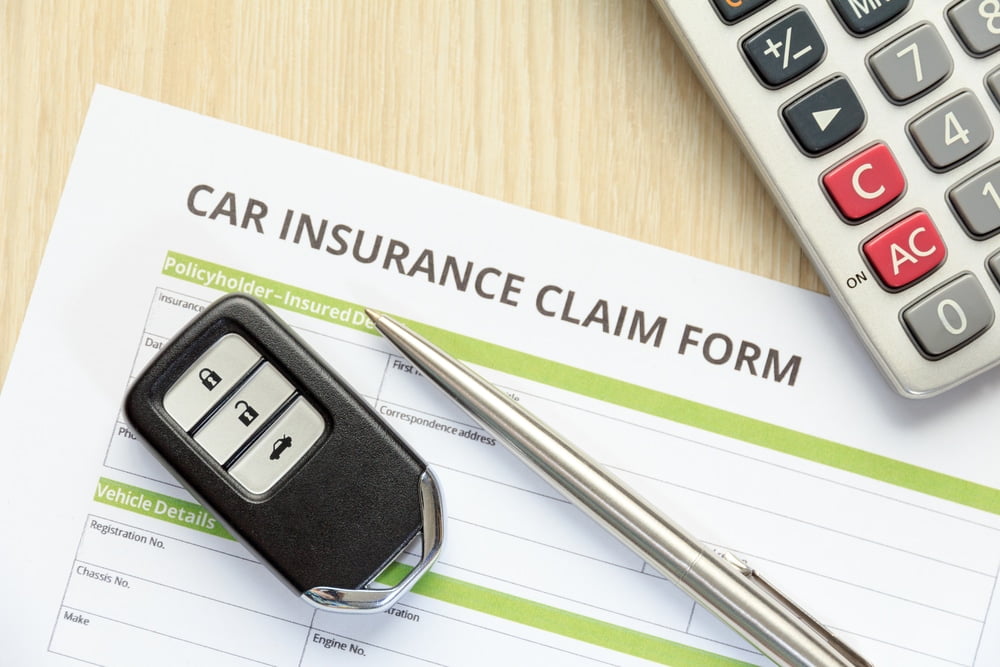
Most states have laws requiring drivers to report car collisions to a local law enforcement agency. The police or state highway patrol must be notified when accidents result in serious injuries, death or significant property damage.
Your insurance company also likely requires you to report auto accidents soon after they occur. You don't, however, have to go into detail about the incident – you can simply provide the date, time and location of the crash and the contact information of the other drivers involved.
In states that follow the no-fault auto accident liability system, like Utah, injured victims can recover medical expenses and lost wages regardless of who is responsible for causing a collision.
Under this system, you only deal with another driver's insurer if you meet the threshold of financial losses. In Utah, that typically means exceeding $3,000 in economic damages.
In states that follow the at-fault system, such as California and Idaho, the driver who causes an auto accident can be held financially responsible for the resulting damages.
Under this system, injured victims have the option of filing a claim with their own insurance company, filing a claim with the at-fault driver's insurance provider or filing a lawsuit. An experienced local personal injury lawyer can offer advice on the best route to take.
As we mentioned, most car accident claims are settled out of court. Getting through the settlement process involves a great deal of work, as you'll need to gather evidence to support your claim, draft a demand letter, explain the extent of your injuries and make clear the amount of damages you'd like to recover.
You can count on the insurance company investigating the case, and if they don't deny your claim, they'll likely make a lowball offer. At this point, you'll need to negotiate – and if the insurer refuses to offer a reasonable settlement amount, you can file a lawsuit.
Settling a claim and getting the compensation you deserve is no easy task on your own. Car collisions are subject to state-specific laws, and many injured victims underestimate their losses. If you've been in an auto accident, letting an experienced local personal injury lawyer help with the settlement process is a smart move. For expert legal assistance in Utah, California or Idaho, contact William R. Rawlings & Associates and schedule a car accident settlement consultation today.
At the offices of William Rawlings & Associates, LLC, our single most common case type when providing personal injury attorney services to a variety of clients is a vehicle accident. Our auto accident injury attorneys have assisted numerous clients with receiving just compensation when injured in a car, truck, motorcycle or other vehicle accident at the fault of another party.
One of the most important factors at play during such situations and resulting liability suits: Car insurance. Insurance companies will play a central role in nearly all such incidents, whether we’re talking about your insurance, the insurance of the party who caused an accident or any other situation. In today’s blog, we’ll go over the basics of why you need car insurance, some basic requirements and factors we recommend you consider while selecting it, plus some detailed data compiled by Consumers Advocate on many of your top car insurance company options out there today.
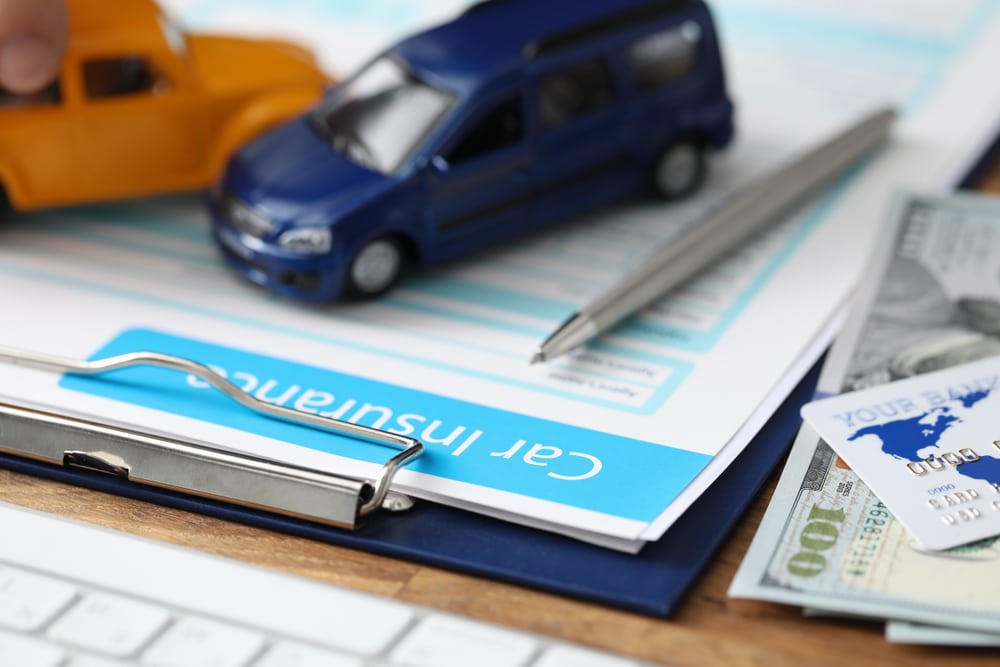
Car insurance is important for anyone who drives a vehicle to maintain, both for your own protection and in cases where you are involved in an accident or any kind of on-road incident with another driver. Not only are you leaving yourself open to potential financial exposure and major related issues if you are driving while uninsured, you are almost certainly breaking at least one state law and may be arrested as a result (and on the flip side, most insurance policies carry coverage to protect you against uninsured motorists).
It’s important to note that anytime you move, and often when you change vehicles, you should consider shopping for new insurance coverage. Even if you haven’t left the state and are just moving to a new city or area, your rate may change in major ways based on these tweaks to your daily life.
As we noted above, car insurance is generally a legal requirement, one regulated by the state you live in. Each state has created its own set of guidelines for minimum requirements that must be held by all drivers in that state, and you’ll usually see this broken down into three numbers with slash lines between them – a common such expression would be something like 200/400/50. Here’s what each of these numbers represents:
While you should take the time to compare and shop between various insurance companies anytime you need new coverage, there are many resources out there to make this process easier for you. One such resource is this data compiled by Consumers Advocate, which uses detailed information on various insurance companies and their pricing, discounts, customer experience, automation and overall financial strength to help you differentiate between many of the most popular insurance companies out there.
For more on car insurance and why it’s so important, or to learn about any of our auto accident injury attorney or other personal injury attorney services, speak to the staff at the offices of William Rawlings & Associates today.
In part one of this two-part blog series, we went over some of the basics on personal injury, pre-existing medical conditions and the Eggshell Plaintiff Rule. This rule essentially states that in cases where an injured party in a liability case had a pre-existing condition that may have made the incident worse, the party responsible for the injury is liable for the full extent of the injury regardless.
At the offices of William Rawlings & Associates, we’ve provided our personal injury attorney services to numerous clients with pre-existing conditions looking to receive compensation despite insurance companies’ efforts to deny them based on such conditions. In today’s part two, we’ll go over a basic example of the Eggshell Plaintiff Rule at play, plus how you’ll want to proceed in such cases and some of the pre-existing conditions that may play a role in such cases.

As a simple example of the Eggshell Plaintiff Rule, imagine you’re in a vehicle accident caused by your own negligence because you were writing a message on your cell phone. The accident is a small one, with only light vehicle damage that likely won’t cost a ton in a simple settlement.
However, the victim in this case happened to have a pre-existing back condition, one that was exacerbated significantly by the accident’s force. In this case, the Eggshell Plaintiff Rule states that you as a defendant must take the victim as they are found – the victim will have a right to damages for all exacerbation or worsening of their condition due to the accident, even if such costs are far higher than the accident would have cost normally.
If you’re on the flip side of the above equation and have been injured due to someone else’s negligence in an incident that worsened a pre-existing condition, it’s vital to take the proper steps, which our attorneys will assist you with. Here are some basics:
Here are just some of the pre-existing conditions insurance companies may try to use to deny a personal injury claim:
For more on pre-existing conditions and the Eggshell Plaintiff Rule, or to learn about any of our car accident attorney or other personal injury attorney services, speak to the staff at the offices of William Rawlings & Associates today.
If you’ve recently suffered an injury that you believe was the fault of another party’s negligence for which you might be due compensation, you might be worried about being able to collect damages based on a pre-existing condition. Those who have dealt with insurance companies in the past know they will try to find any excuse to avoid paying out damages, and one such area is pre-existing conditions in patients that they will claim were the cause of their issue rather than a personal injury situation.
At the offices of William Rawlings & Associates, we’re here to ensure your liability claim does not get denied based on a pre-existing condition that was exacerbated or worsened due to someone else’s negligence. We handle a wide variety of personal injury cases, from car and truck accident injury lawyer services to wrongful death and numerous other case types. In this two-part blog, we’ll go over everything you need to know about pre-existing conditions and the role they may play in your case, including a vital area known as the Eggshell Plaintiff Rule that often applies.

Sadly, as we noted above, most insurance companies are not really here to help plaintiffs or those injured in these cases receive their just compensation. Rather, they’re looking for any and all potential reasons to avoid paying out such settlements.
In cases where the plaintiff in a personal injury case has a pre-existing medical condition, this is often the primary area the insurance company will seize onto as they try to fight the charges. They will attempt to claim and prove that injuries suffered in the case were only due to the pre-existing condition, and not due to anything that happened during the incident in question.
However, in most such cases, you as a plaintiff will have an important rule on your side, one known as the Eggshell Plaintiff Rule. This states that any defendant in a personal injury or liability case must take the victim in question “as they are found” – this means that if the victim happens to be someone who is at a higher risk for injury than average, including those who have pre-existing conditions, the defendant remains liable for all damages.
It’s important to note here that this rule holds true even if it’s highly likely the defendant would have paid far less in an identical case where the victim did not have increased injury risk. Damages covered by the Eggshell Plaintiff Rule can include medical bills, lost wages, pain and suffering, and often even punitive damages or damages for emotional distress.
In part two of this blog, we’ll go over examples of the Eggshell Plaintiff Rule, plus examples of pre-existing conditions and how to ensure they don’t create an issue in your case. To learn more about this or any of our personal injury attorney services, speak to the staff at the offices of William Rawlings & Associates today.
If you believe you’ve been the victim of negligence or any other issue that puts another party at fault for personal injury or property damage after a car accident, one of the first things you may be wondering about is how soon you have to file such a claim. Various laws have their own sets of statutes and limitations, and some worry they have to file quickly or else risk letting the statue expire.
At the offices of William Rawlings & Associates, LLC, we’re here to help with this and any other auto accident attorney services you may be requiring. Let’s go over our basic recommendations on filing your claim, what the Utah statute of limitations is for these kinds of issues, and some documents to ensure you have in order when preparing to file.

Generally speaking, we always recommend you file a claim for a vehicle accident as soon as realistically possible following the event. Insurers and the at-fault party will try to use any tactic they can to hurt your case, and one such tactic might be muddying the waters by claiming they can’t accurately determine how much damage was caused since you took so much time to file.
While this is generally a spurious argument to begin with, it begins to hold a bit more weight if you wait too long to file. Our attorneys will advise you on the precise timing you should consider for your claim.
The Utah statute of limitations for personal injury cases involving personal harm or property harm in a vehicle accident is four years. If you do not file it within this period of time, the Utah court system is within their rights to refuse to hear it whatsoever. For more specifics on this, you can view the Utah Code with the full text on injury cases and their statute of limitations.
There are a few important documents to ensure you have in order for your filing, something our personal injury lawyers will help you with. Here are the most vital:
For more on the timing involved in filing auto accident injury claims, or to learn about any of our personal injury attorney services, speak to the staff at the offices of William Rawlings & Associates today.
As another recent round of airbag recalls is making big news, this time through a manufacturer called Takata, it’s a good time to remind readers that while airbags are meant to function in a way that promotes your safety, this isn’t always the case. Airbags are present in several varieties within a given vehicle, and while they often save lies, they can also be the cause of injury themselves when they’re defective.
At the offices of William Rawlings & Associates LLC, not only do we provide comprehensive car accident attorney services, we’re also here to serve you if you believe a defective airbag has caused you injury or harm. Let’s go over some of the basics of airbag malfunctions, the common injuries that are sustained as a result, and whether you might have a liability case if this happens to you.

While some consumers might think of airbags as soft, airy items that provide a nice little cushion after a collision, this simply isn’t the case. Rather, airbags deploy quickly and with great force when they’re called into action, providing a significant barrier that stops what can be very strong forward human motion after a vehicle accident.
While this force is often valuable for safety, it can also cause bodily harm. Especially in cases where an airbag is faulty or deploying based on a malfunction, those near them can be seriously injured in some cases.
Due to the force exerted by a malfunctioning airbag, plus the related complete surprise that’s often brought on people in the vehicle, some of the following injuries are most common during these incidents:
Chest injuries: The airbag deploys fast to stop you from slamming into the steering wheel or dashboard, but a faulty product may do so incorrectly or when it isn’t needed, leading to upper body soft tissue and possible broken bone issues in the chest.
While we would never accuse any company of intentionally placing faulty airbags in their vehicles, the fact remains that these issues do take place – and the manufacturer is often liable. If you’ve been injured by a faulty or malfunctioning airbag, contact our auto accident attorneys right away to determine if you might have a liability claim to make.
For more on airbag deployment, or to learn about any of our personal injury lawyer services, speak to the staff at the offices of William Rawlings & Associates LLC today.
Introduced just over a decade ago, electronic cigarettes – abbreviated e-cigarettes or simply e-cigs in many cases – have exploded in popularity around the country and even the globe. These devices, which are often marketed as safer, healthier alternatives to harmful cigarettes, come in numerous shapes and sizes, and from a number of different manufacturers.
At the offices of William Rawlings & Associates, our personal injury attorneys are beginning to see a rise in the number of cases related to these devices and their use. What are e-cigs, and are they truly healthier than cigarettes? Perhaps more importantly for our readers, are there situations where their manufacturers might be liable for certain negative outcomes? Here’s a look at everything you need to know.
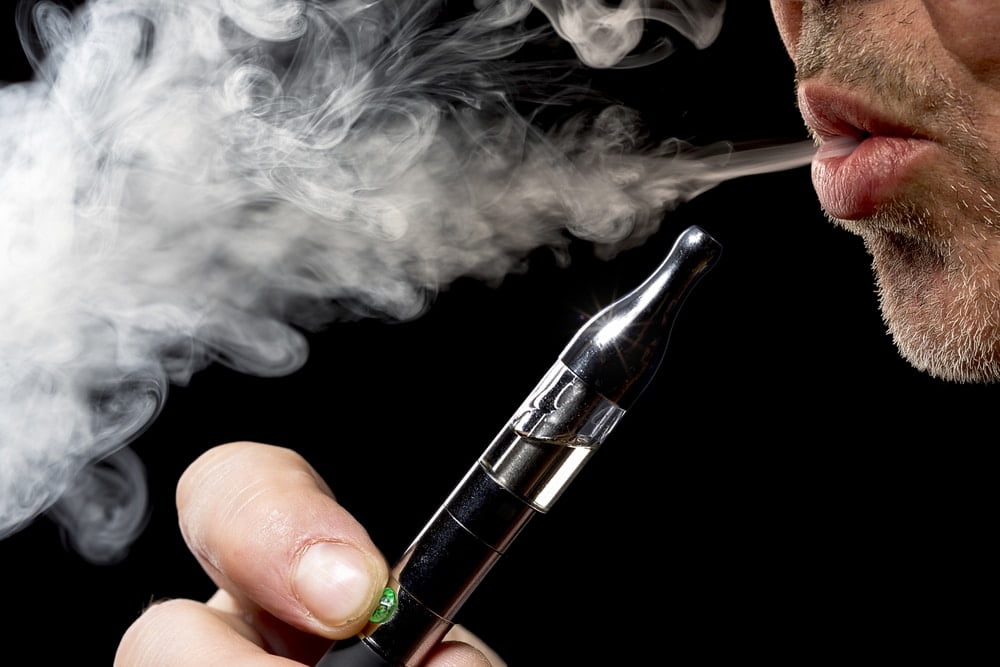
E-cigarettes comprise a variety of devices out there on the market today. Their basic construction involves a battery-powered tube that can heat up a pre-concocted solution, one generally made from a combination of nicotine, propylene glycol and glycerin. Together, these ingredients form a material that can be heated into vapor form, then inhaled by the user.
These devices come with numerous flavor choices. The general idea here is that by avoiding the true smoke and several other highly harmful elements of traditional cigarettes, this is a safer alternative for those who require a nicotine fix.
And while it may indeed be true that e-cigarettes bring certain health upgrades on traditional cigarettes, they come with their own set of risks as well. Users may experience higher rates of respiratory problems, cardiovascular issues, eye irritation, and even potential harm to unborn babies. On top of this, a high percentage of e-cig users also still smoke regular cigarettes. To top it off, there’s limited research data on the long-term health effects of e-cigs.
Now, it’s important to note that many of these areas do not fall under the realm of personal injury. If you are using these devices by your own choice, you accept the basic assumed risks of inhaling substances that might not be good for you.
That said, there are several instances where the manufacturer of e-cigarettes could be listed as liable in a personal injury case. There have been several publicized incidents where these devices have overheated or even exploded, causing injury to the person using them or even others nearby. Issues such as facial burns, teeth knocked out, eye injuries, and even fractured bones in the face or nearby areas have all taken place. If you or a loved one has been the victim of such an event, it’s entirely possible you could have a claim against the manufacturer or vendor of these products, and you should contact a personal injury lawyer from our offices right away.
To learn more about e-cigarettes and personal injury cases, or for information on any of our car accident, dog bite or other attorney services, speak to the staff at the offices of William Rawlings & Associates today.